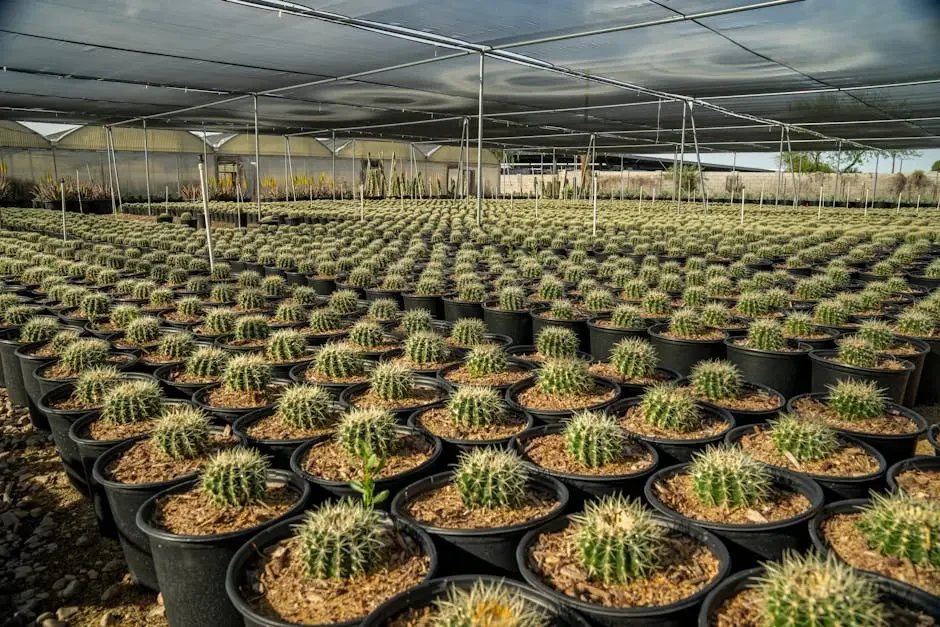How Can Proper Drainage Prevent Water Damage in My Garden?
Gardening can be an incredibly rewarding hobby, but nothing spoils the joy of watching your garden flourish more than water damage. Proper drainage is the key to preventing your beloved plants from drowning or suffering root rot. In this FAQ, we'll explore how you can use effective drainage techniques to safeguard your garden.
Understand the Importance of Drainage
Before diving into solutions, it’s essential to understand why drainage matters. Proper drainage prevents water from pooling around plants, which can lead to root decay and poor plant health. Excess water, particularly around the root zone, deprives roots of the oxygen they need to thrive, leading to various plant diseases.
Without effective drainage, your garden can become a breeding ground for root rot and other fungal diseases. These issues not only harm individual plants but can quickly spread, impacting your entire garden. Hence, understanding and implementing good drainage can save you from future headaches and heartaches.
Assess Your Garden's Natural Drainage
Observe how water flows and collects in your garden during and after rain. Identify low-lying areas where water tends to accumulate, as these zones will need attention. Consider marking these areas on a garden map for future reference.
Different parts of your garden will have varying drainage needs due to changes in soil composition and landscape gradient. Knowing these is crucial for tailoring your drainage solutions effectively.
Improve Soil Quality
Consider amending your soil with organic matter or sand to improve its texture and drainage capacity. Adding compost can enhance soil structure and water permeability, making it more resilient against heavy rainfall.
Good soil composition can make a world of difference. Sandy soils drain quickly but could benefit from organic matter to retain moisture, while clay soils may need more sand and organic matter to prevent compaction and improve drainage.
Regularly testing your soil can also be beneficial to fine-tune your enhancement efforts and address specific drainage issues effectively.
Design Strategic Planting Beds
Design raised beds to elevate plants and promote better drainage. This approach will help excess water to drain away efficiently from plant roots, reducing the risk of waterlogging.
Opt for materials that assist drainage, like stones or gravel, as a base for your raised beds. This will not only aid in drainage but also add to the aesthetic appeal of your garden.
Install a Diversion System or French Drain
For severe water issues, consider installing a diversion system such as a French drain. This system can redirect excess water away from your garden. French drains are especially useful in areas with substantial rainfall or gardens with poor natural drainage.
Installing a French drain might involve some labor and investment, but the long-term benefits in maintaining a healthy garden ecosystem are well worth it.
Regularly Maintain Drainage Systems
Routine maintenance is crucial to ensure drainage systems remain effective. Clear debris and check for blockages regularly. A well-maintained drainage system can significantly extend the longevity of your garden's health.
Seasonal checks are beneficial, especially after autumn when fallen leaves can obstruct drainage systems. Regular upkeep will save you from more extensive maintenance work in the future.
Keep Your Garden Safe from Water Damage
By adopting these drainage solutions, you'll ensure that your garden remains healthy and vibrant, free from the threats of water damage. With a little planning and regular maintenance, you can create the ideal growing environment for your plants. For professional assistance and more gardening tips, visit our homepage.

